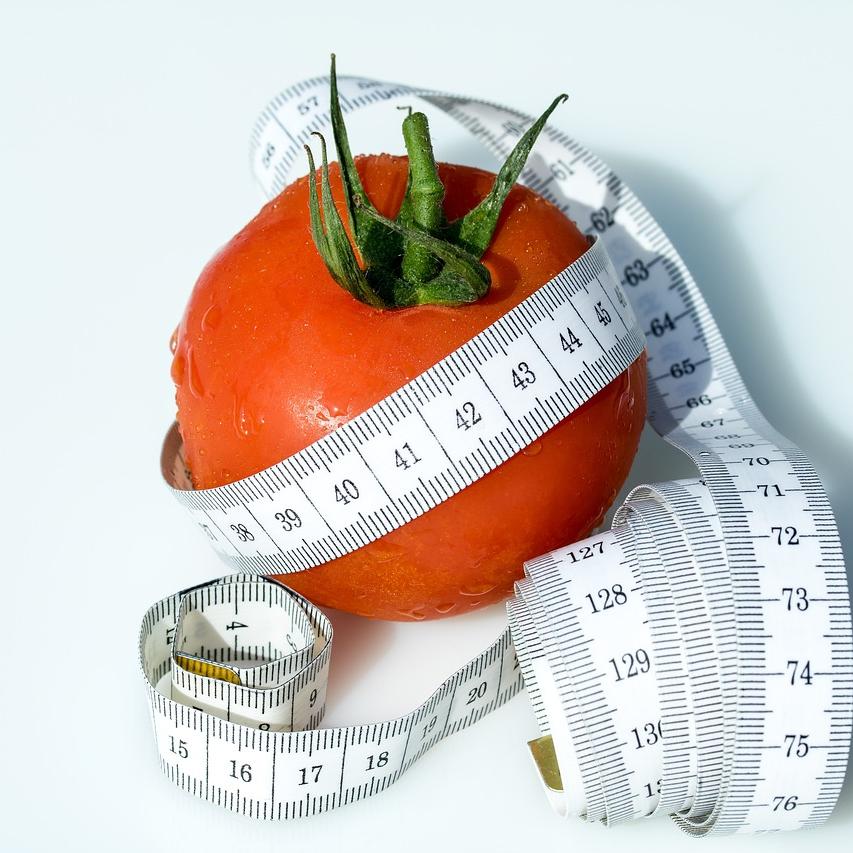How to Manage Portion Control for Better Weight Management
In the quest for better health and wellness, managing portion sizes plays a pivotal role. With busy lifestyles and the tendency to eat on the go, it can be easy to overlook how much food we’re actually consuming. Understanding and practicing portion control can aid in better weight management, improve nutrition, and promote overall well-being.
Understanding Portion Control
Portion control involves being mindful of the quantity of food you consume at each meal. It's not about dieting or restricting yourself to tiny amounts, but about recognizing appropriate serving sizes that meet your nutritional needs without excess. Proper portion control helps prevent overeating, reduces calorie intake, and can lead to a more balanced and healthy lifestyle.
The Difference Between Portions and Servings
A common source of confusion in nutrition is the difference between a portion and a serving. A serving is a specific, standardized amount of food (such as one slice of bread or a cup of milk), often used as a reference point on nutrition labels. A portion, however, is the amount of food you choose to eat at any one time, which could be more or less than a serving size. Being aware of this distinction is crucial in managing how much you consume.
Strategies for Effective Portion Control
-
Use Smaller Plates and Bowls: A straightforward trick is to use smaller dinnerware to help control the amount you serve yourself. Studies have shown that people tend to eat less when they use smaller plates, as the mind perceives the plate as fuller.
-
Measure and Weigh Food: Initially, it can be helpful to measure and weigh foods to understand serving sizes better. This practice can prevent unintentional overconsumption and help in retraining visual cues about how much is actually a serving.
-
Be Mindful of Eating Pace: Eating slower gives your brain the time it needs to register fullness, which generally takes about 20 minutes. Chewing thoroughly and being mindful during meals can prevent overeating.
-
Plan Meals in Advance: Preparing meals in advance can reduce the temptation to serve larger portions. Pre-portioning snacks and meals can help ensure you’re eating the right amount.
-
Pay Attention to Hunger and Fullness Cues: Listen to your body and become attuned to when you feel satisfied, not overly full. This mindfulness can prevent the habit of eating until you're uncomfortably stuffed.
-
Beware of Eating Out: Portions served at restaurants are often much larger than necessary. Opt for half portions where possible, or consider sharing dishes. You can also ask for a to-go box upfront to divide the meal.
-
Limit Distractions: Eating in front of the television or while scrolling through your phone can lead to mindless consumption and ignoring of portion sizes. Focus on your meal to better control how much you eat.
Benefits of Portion Control
- Weight Management: Controlling portion sizes can reduce calorie intake and lead to more sustainable weight loss or maintenance.
- Improved Digestion: Eating appropriate amounts can ease the digestive process, reducing symptoms like bloating and discomfort.
- Balanced Nutrition: Focusing on portion control encourages consumption of a variety of foods, contributing to a more balanced diet that meets nutritional needs.
- Enhanced Self-Control and Awareness: Practicing portion control cultivates a greater sense of awareness and self-regulation in eating habits.
Conclusion
Portion control is a simple yet powerful technique for managing weight and improving overall health. By becoming mindful of the amounts we consume, using tools and practices to guide us, and continuously learning about our bodies' needs, portion control can become a natural and rewarding part of our lifestyle. Remember, it is not about restriction but about achieving balance and making thoughtful choices that contribute to long-term well-being.






















